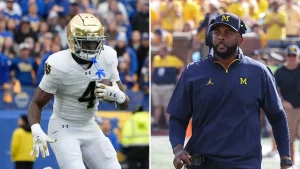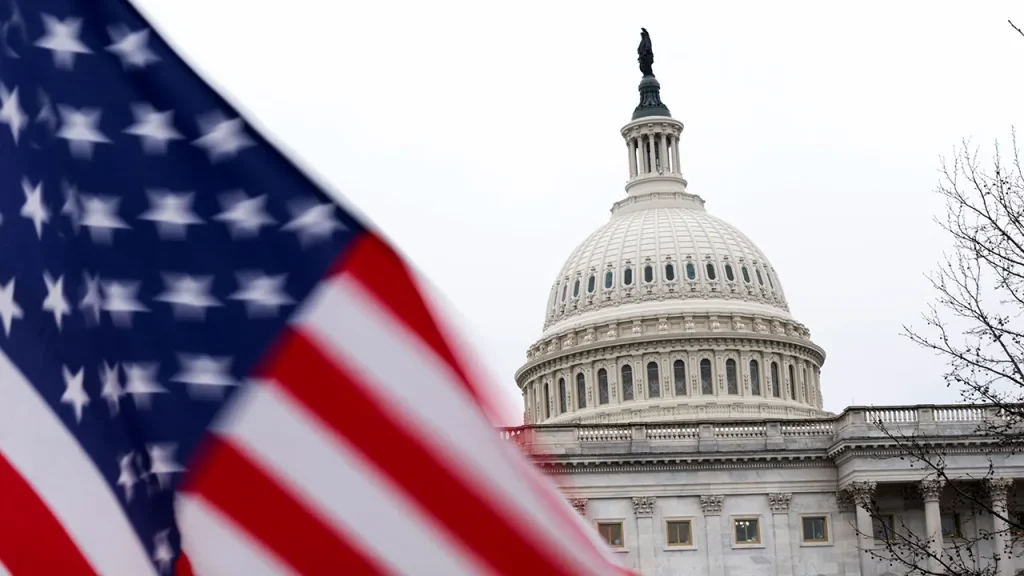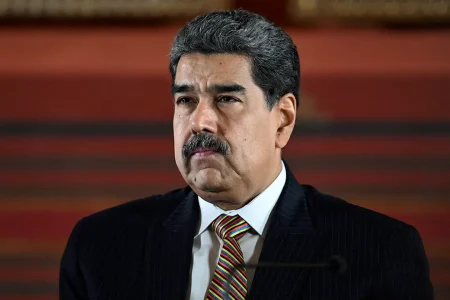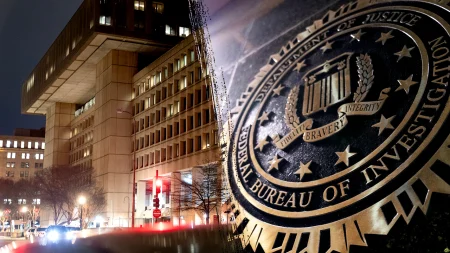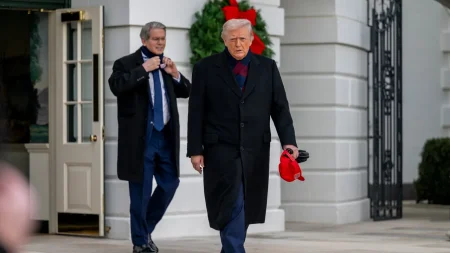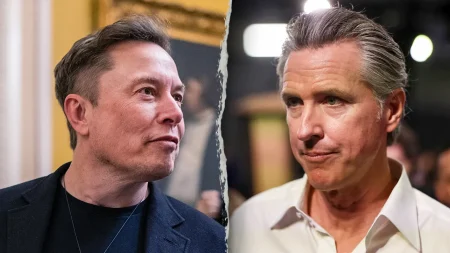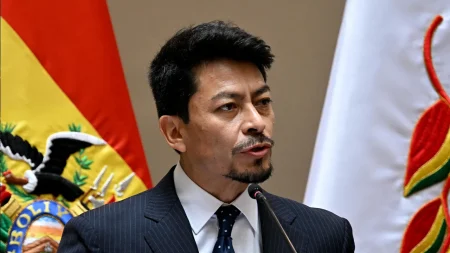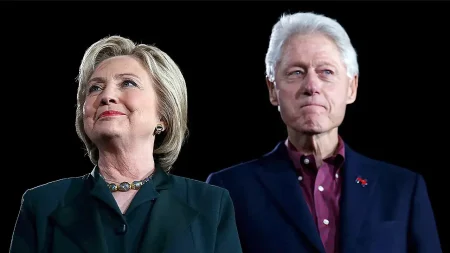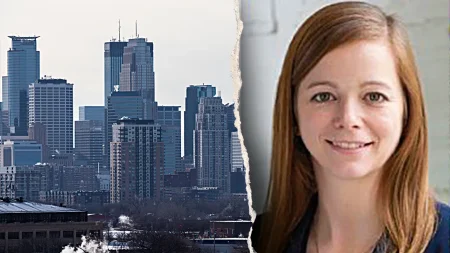The Looming Government Shutdown: What It Means for America
As the clock ticks toward midnight on Tuesday, America faces a virtually inevitable government shutdown beginning at 12:01 a.m. Wednesday. The Senate is scheduled for a test vote to break a filibuster on a House-passed interim spending bill, but the 60-vote threshold required means Democratic support is necessary—support that appears increasingly unlikely. With the House not even in session this week and Yom Kippur beginning Wednesday at sundown, the government is looking at a shutdown of at least several days. This impending closure marks the first since the record-breaking 35-day shutdown of 2018-2019, raising concerns among federal workers and citizens who depend on government services. The political theater unfolding reveals deep divisions not just between parties but within them, as leadership on both sides struggles to find common ground on spending priorities and policy riders.
When the government shuts down, daily life changes for millions of Americans in ways both obvious and subtle. The Trump administration will determine which agencies and services are deemed “essential,” with military personnel, national security, and intelligence staff remaining on duty. Members of Congress will continue receiving paychecks as guaranteed by the 27th Amendment, while many federal workers will be furloughed without pay. National parks and museums typically close their doors, though postal services continue operating. Passport processing generally halts, creating headaches for international travelers. Air traffic controllers and other critical safety personnel must report to work without pay—a situation that has proven unsustainable during previous extended shutdowns. Social Security checks and other benefit payments should continue, but if processing staff refuse to work without pay during a prolonged shutdown, even these essential services could face disruption.
History shows that government shutdowns typically continue until a tipping point forces political leaders to compromise. During the 2013 shutdown, that moment came when unpaid U.S. Capitol Police officers were injured responding to a high-speed chase and shooting incident near the Hart Senate Office Building. The spectacle of law enforcement officers risking their lives without compensation sobered lawmakers on both sides, facilitating an agreement to reopen government. Similarly, the 2019 shutdown ended when air traffic controllers, working without pay for over a month, began staying home in significant numbers. The resulting temporary closure of LaGuardia Airport and operational issues in Newark, Atlanta, and Philadelphia raised fears of a potential aviation disaster, compelling the Trump administration and Congress to resolve their standoff. These examples illustrate how practical consequences often trump political positioning when public safety is at risk.
The question of who “wins” government shutdowns politically remains remarkably difficult to answer, with historical evidence pointing to mixed results. Conventional wisdom suggests President Bill Clinton emerged victorious from his 1995-1996 confrontation with House Speaker Newt Gingrich, as Clinton easily secured reelection later that year while Gingrich faced internal party criticism. Yet Gingrich achieved significant spending reforms that eventually contributed to federal budget surpluses, and Republicans maintained control of both congressional chambers in the subsequent election. Similarly, Senator Ted Cruz led the charge for the 2013 shutdown in an unsuccessful bid to repeal the Affordable Care Act, yet Cruz won reelection in 2018, and Republicans expanded their House majority and gained Senate control in the 2014 midterms—hardly evidence of electoral punishment for the shutdown strategy.
The political aftermath of the 2018-2019 shutdown proves even more challenging to assess given its timing before newly elected representatives were sworn in and the overwhelming impact of subsequent events like the COVID-19 pandemic. While Donald Trump lost reelection in 2020 and Democrats maintained House control and narrowly flipped the Senate, attributing these outcomes to a shutdown that occurred nearly two years earlier stretches credibility. What seems more likely is that shutdowns have become another normalized feature of America’s polarized political landscape—a high-stakes negotiating tactic that creates real hardship for ordinary citizens but rarely produces clear political winners or losers. Both parties calculate that their base will blame the opposition, while independent voters—increasingly rare in our sorted political environment—may not cast their ballots primarily on shutdown politics.
As America faces yet another government shutdown, the real victims aren’t politicians but everyday Americans: the park ranger missing mortgage payments, the FDA inspector unable to ensure food safety, the researcher whose critical work grinds to a halt, and the small business owner whose SBA loan application sits unprocessed. Beyond the immediate disruption lies a deeper concern about governance itself—the growing normalization of dysfunction as a negotiating strategy. While essential functions will continue and life will go on, each shutdown erodes public confidence in institutions and reinforces the perception that Washington prioritizes political theater over practical problem-solving. The coming days will reveal whether our leaders can find the same urgency to resolve their differences that they expect from the unpaid federal workers who continue protecting public safety during the shutdown. Until then, Americans prepare to weather yet another manufactured crisis while the business of government remains unfinished.
